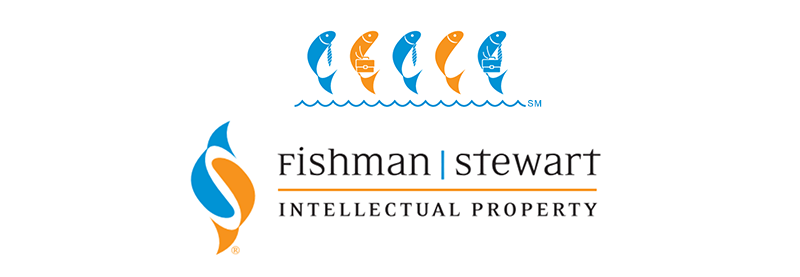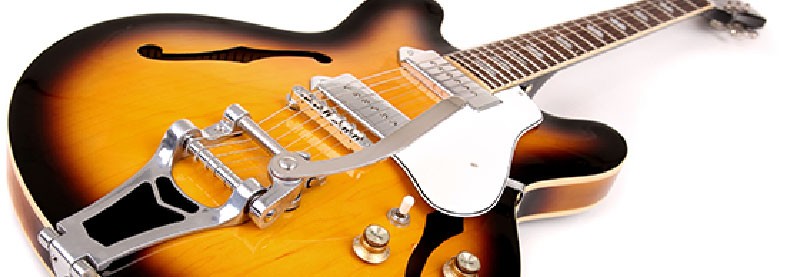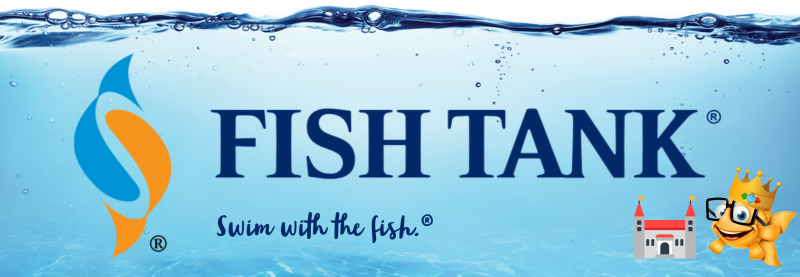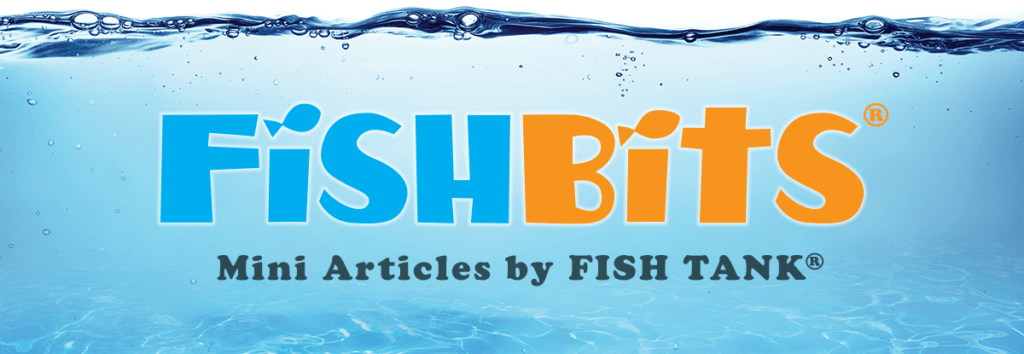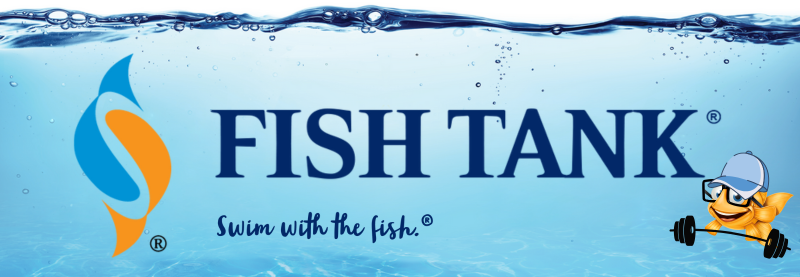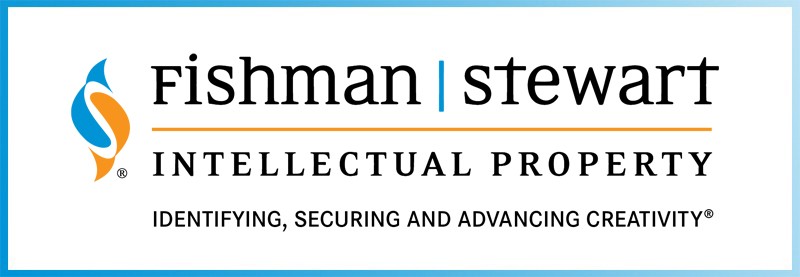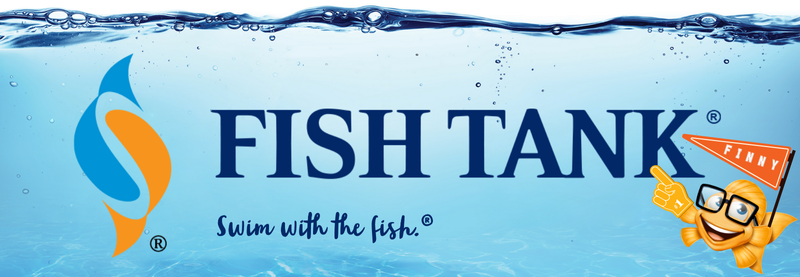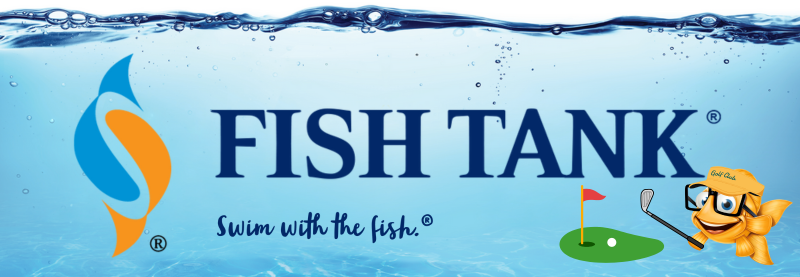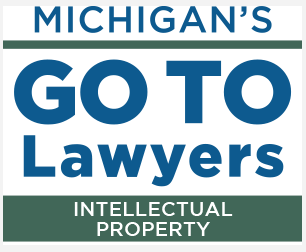Intellectual Property Insights from Fishman Stewart PLLC
Newsletter – Volume 22, Issue 17
Share on Social

Strumming Through Guitar Patents
Humans have been making and using musical instruments since at least the Paleolithic age—long before patent systems were put into place to protect inventions. As technology and music have evolved, innovation in the music world has offered fertile ground for patent protection. For instance, one of the most popular instruments, the guitar, has been the focus of thousands of patents in the United States and around the world.
The first electric guitar marketed commercially was created and patented by George Beauchamp in 1937. This electric guitar transformed the quiet string instrument’s sound into an electrical signal that could be amplified at a much louder volume. That innovation led the way to modern music genres such as rock and roll. As musicians picked up electric guitars, some became famous for their talent with the instrument. A few even created individualized electric guitars to accommodate and enhance their unique playing styles.
Legendary guitar player Eddie Van Halen received US Patent 4,656,917 on April 14, 1987, for a “musical instrument support.” This invention allowed Van Halen to stabilize the guitar on his body, providing him total freedom of his hands to play the guitar in new ways. It also gave us one of the most rockin’ patent drawings to this day!

Many artists seemed to desire greater mobility of their instruments while performing. On July 26, 1994, Prince received US Design Patent D349,127 for a “portable, electronic keyboard.” More famously known as the Purpleaxxe, Prince’s “keytar” was an electronic keyboard on a guitar frame, resembling the shape of the iconic glyph used as the singer’s name in the ‘90s.
An electronic double bass with a small body was patented by Henk van Zalinge on January 6, 1981. The instrument in US Patent 4,242,938 allowed bass players the opportunity to enjoy more movement while playing an instrument that is commonly known for its large size.
One of the most iconic guitars of all time is the Gibson Les Paul. First sold by Gibson Guitar Corporation and endorsed by famous guitarist Les Paul, this guitar was patented on August 2, 1955. US Patent 2,714,326 describes the famous stringed instrument as having a combined bridge and tailpiece which allows for a more precise tone.
While you might normally think of copyrights when you consider intellectual property in music, you shouldn’t forget the vast number of patents directed to instruments that make the copyrightable music.
Melissa M. Chapman is an associate attorney at Fishman Stewart and works in the firm’s patent practice group. Check out her full bio here.
Published August 18, 2022
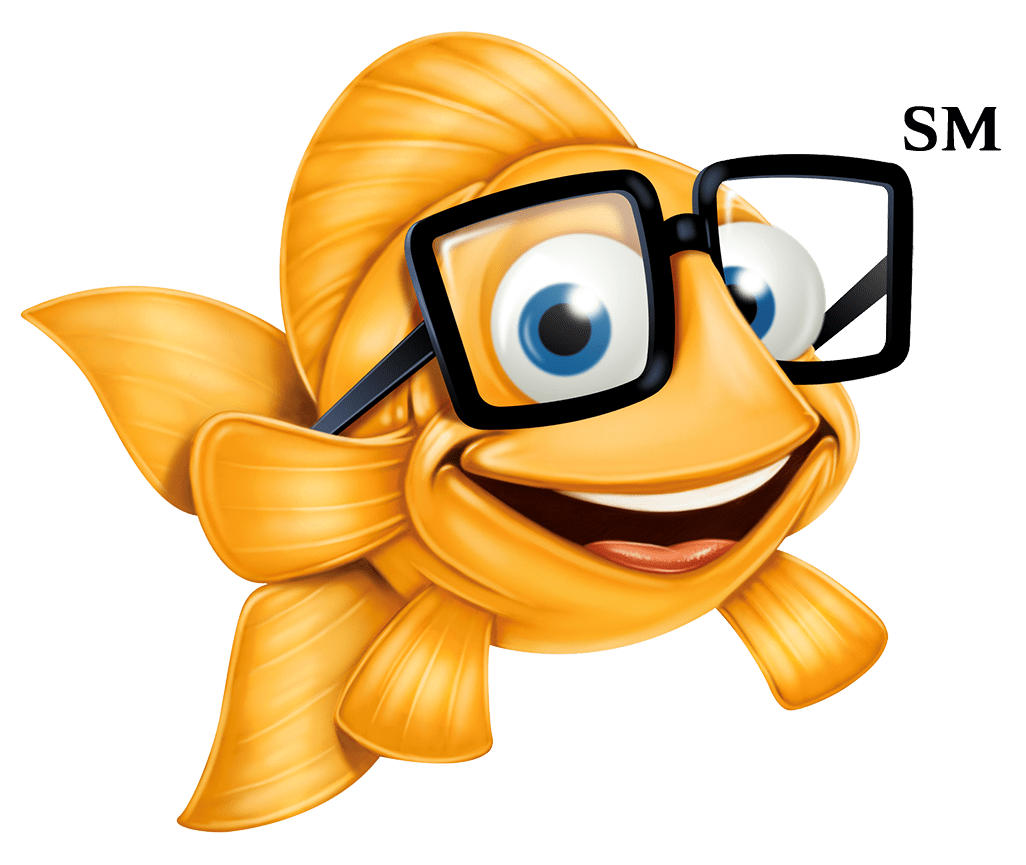
Fishman Stewart Attorneys Awarded Best Lawyers Designation
Fishman Stewart is proud to announce that eight attorneys have been listed in the Best Lawyers ® 2023 editions of The Best Lawyers in America ® and the Best Lawyers: Ones to Watch in America ™. Best Lawyers annually recognizes exceptional legal talent through a peer-review selection process in more than 70 countries worldwide. The following Fishman Stewart partners have been awarded Best Lawyers ® designations: Michael B. Stewart, Michael D. Fishman, John P. Guenther, Douglas P. LaLone, Barbara L. Mandell, Julie A. Greenberg, Maxwell Goss, and Kameron Bonner. Best Lawyers ® is the oldest and most respected lawyer ranking service in the world. Inclusion in Best Lawyers ® is based entirely on peer reviews, using a sophisticated and transparent survey process.
Related Content from Fishman Stewart
Despite her pseudo-legal background in Suits, Meghan has been running into one issue after another in her efforts to register the trademark and logo for her new lifestyle company, for now, called “AS EVER”.
By 1930, efforts began in New York to replace Mother's Day with Parent's Day because men were more than just breadwinners. Those efforts didn't catch on, probably because in that era, women often spent more time in the home.
In February, Nike and Skims announced that they will be working together on a new brand, NikeSkims. The co-brand will create a new line of training apparel, footwear, and accessories specifically designed to meet the unique needs of women athletes.
Generally, federal courts have exclusive jurisdiction over copyright cases, and often, this presents an insurmountable paywall for individual artists and small businesses to vindicate their rights, especially where the value of the individual copyrighted works are relatively low.
Dedicated to raising public awareness about the importance of encouraging innovation and creativity throughout the world, the World Intellectual Property Organization (WIPO) annually observes World Intellectual Property Day on April 26 to showcase the role that patents, trademarks, industrial designs, copyrights and trade secrets play in our everyday lives.
Hold onto your foam fingers, sports fans – college sports just got a whole lot more interesting! The latest updates to Name, Image, and Likeness (NIL) rules are making student-athletes bigger than ever, and it’s not just about the game anymore.
Did a federal court in Louisiana recently decide that US copyrights are global rights? It seems so.
L.A.B. Golf aims to protect its innovations, and therefore its market position, owning three patents for its zero-torque design. The question now is whether L.A.B. Golf can withstand the wave of copycat designs.
One of his most famous songs, “Lose Yourself” was recently at the center of a lawsuit. In 2019, Eminem’s publishing company Eight Mile Style sued Spotify claiming that Spotify streamed a number of its musical compositions without proper licenses.
Our latest article tackles three common trademark questions: 1. Can I trademark my own name? 2. Can I trademark the name of a fictional character? 3. Can I trademark the name of a U.S. president or British royal?
IDENTIFYING, SECURING AND ADVANCING CREATIVITY®
